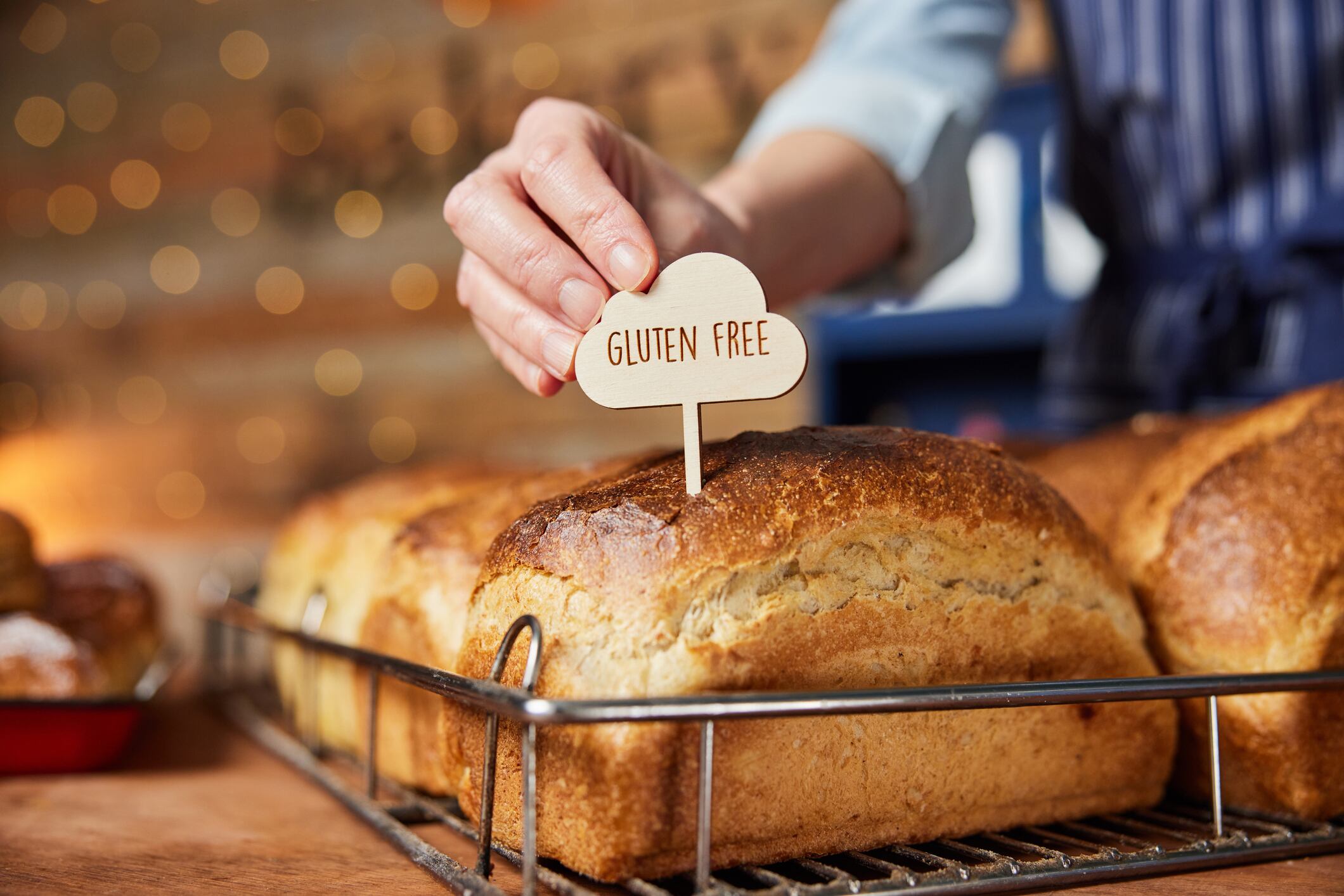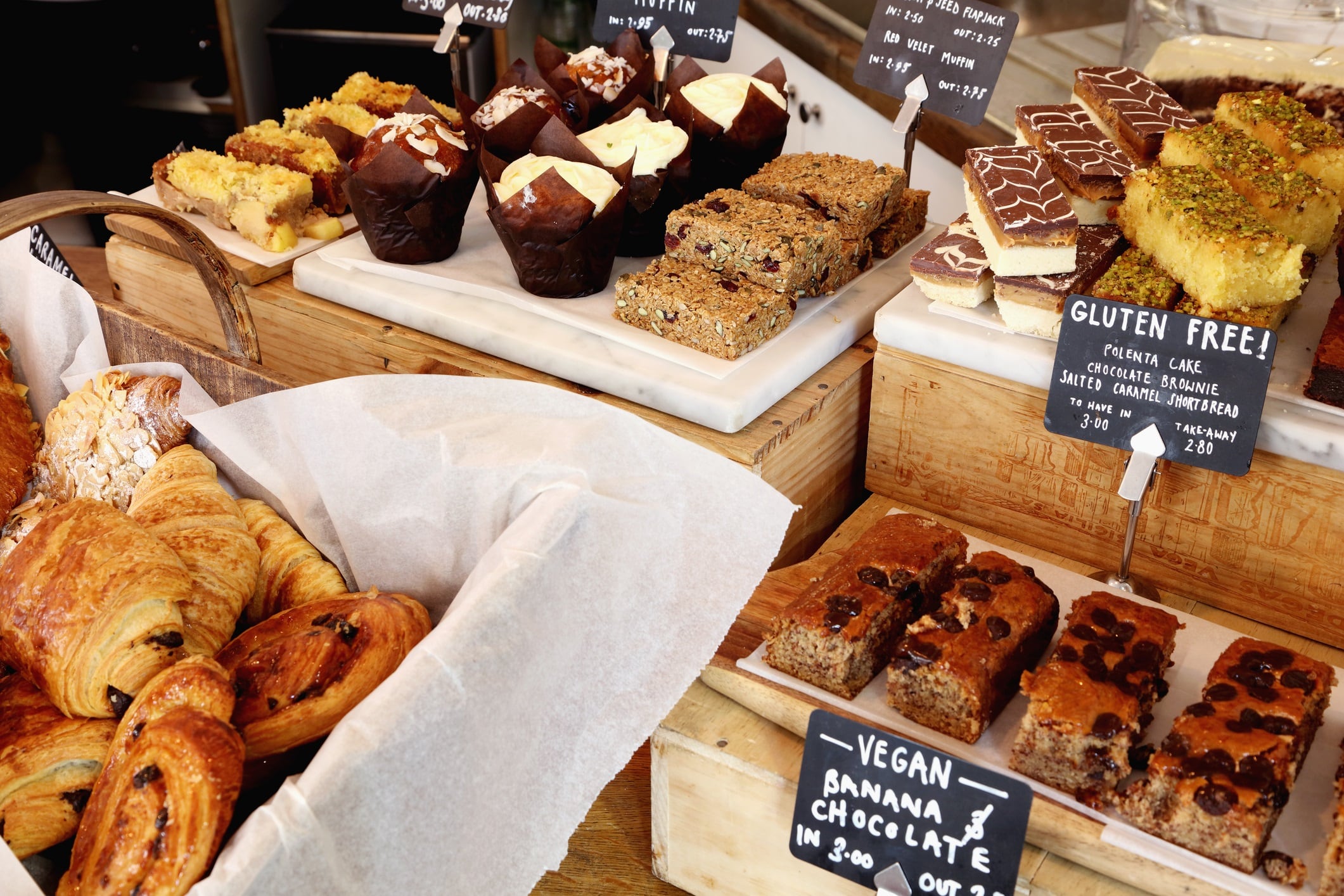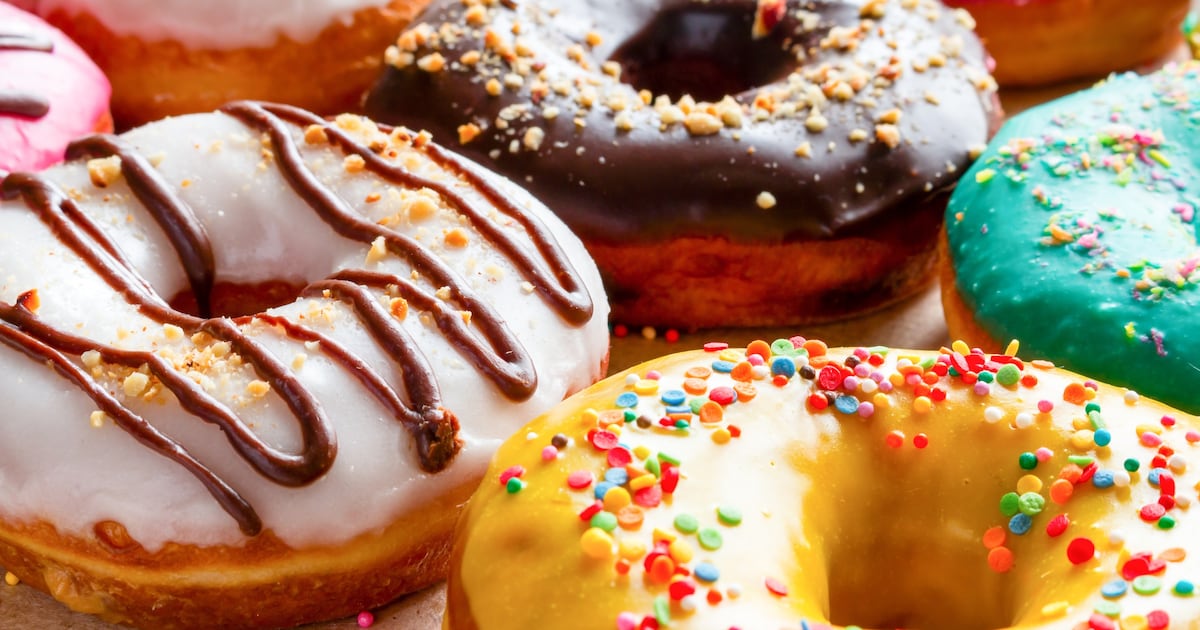Gluten-free market growthMarket Surge: Gluten-free market to hit $13.67B by 2030Demand: Boosted by celiac awareness and popular dietsChallenges: Cost, formulation and safety hurdles slow growthBig brands: Warburtons and Huel expand gluten-free linesNewcomers: Startups like White Rabbit and D*mn Good join the space
The gluten-free market is going through a period of significant growth.
Currently valued at $7.75bn, it’s expanding at a CAGR of 10%, and projected to hit $13.67bn by the end of the decade (Grand View Research).
“The gluten-free product industry has seen significant growth in recent years, driven by increasing awareness of gluten sensitivities, celiac disease, and the broader health-conscious consumer base,” says a spokesperson for Grand View Research.
Added to this, there are popular diets such as paleo and ketogenic that exclude gluten, regardless of whether the individual is gluten intolerant or not.
But, while gluten-free is increasingly popular across the globe, the food and beverage industry has been slow to catch up. Why?
 Cost, formulation and safety hurdles are slowing growth of the gluten-free market. (Image: Getty/Daisy-Daisy)Gluten-free challenges
Cost, formulation and safety hurdles are slowing growth of the gluten-free market. (Image: Getty/Daisy-Daisy)Gluten-free challenges
While food and beverage manufacturers are keen to embrace the potential of the gluten-free market, production poses major challenges.
“The main challenge for manufacturers is formulation,” says Huw Longton, senior communications manager at International Special Dietary Foods Industries (ISDI). “It’s not easy to replace gluten in foods to match the taste, texture and nutritional value of foods containing gluten.”
As a result, extensive research goes into developing gluten-free foods and beverages, making them more accessible, expanding product ranges, and ensuring nutritional adequacy.
But most importantly, it’s critical to ensure that there is no cross-contamination with gluten at any stage in the process, so gluten-free food and beverage products are manufactured with strict safety and quality control processes in place.
Despite this, a growing number of food and beverage manufacturers are now entering the gluten-free space, recognising its potential.
The wide range of gluten-free products at SIGEP World 2025, show just how quickly the sector is growing. (Image: Donna Eastlake)Gluten-free goes mainstream
Recent years have seen a marked increase in the number of brands offering gluten-free alternatives to their existing products.
“We want the whole family to be able to enjoy Warburtons products,” said a spokesperson for the famous bread maker.
Elsewhere, chocolate brand Lindt has launched a range of gluten-free chocolates, McVities has launched a gluten-free version of its popular Hob Nobs brand, and Betty Crocker has launched a gluten-free chocolate fudge brownie mix.
And this development is not just limited to baked goods and confectionery.
Meal-replacement brand, Huel, is also leading the way in creating gluten-free products to satisfy demand.
“Huel Gluten-free was launched less than a year after the business launched,” says James McMaster, CEO of Huel. “This new version was exactly the same as Huel Powder, but the oats were grown and processed in a gluten-free environment.”
McMaster goes on to explain that, while most Huel powders contain ingredients that are naturally free from gluten, the brand put extra measures in place to ensure its gluten free powder is suitable for celiac consumers.
So, what prompted the move into gluten-free? The brand’s decision actually followed feedback from a single individual.
“One customer said ‘I love the idea of trying this but as long as it has gluten I can’t,” says McMaster.
The growth of the sector has also led to the launch of newcomers, including snack brand D*mn Good and pizza brand White Rabbit.
White Rabbit – named for the English pub in which it was founded – launched when their famous pizzas led to requests from hopeful customers for gluten free options.
“It dawned on us just how many people were missing out,” says Nick Croft-Simon, co-founder and CEO of White Rabbit.
However, the challenges faced by larger brands are even tougher to overcome for smaller ones.
“It will come as no surprise that high quality gluten free ingredients tend to be more expensive,” says Croft-Simon.
As a result Croft-Simon, along with his co-founder Matteo Ferrari, explored ”every option out there” to deliver on quality and price. The pair use a gluten free flour, which blends Italian and British flours, enriched with ancient grains.
 The gluten-free trend is getting stronger and stronger. (Image: Getty/Image Source)The future of gluten-free
The gluten-free trend is getting stronger and stronger. (Image: Getty/Image Source)The future of gluten-free
As consumer demand for gluten-free products continues to climb, the industry faces a clear choice – innovate or fall behind.
While formulation and cost challenges remain, brands that invest in quality, safety, and transparency are already reaping the rewards.
And with major players and agile startups alike already pushing boundaries, gluten-free is no longer niche – it’s a movement reshaping the future of food and beverage.

